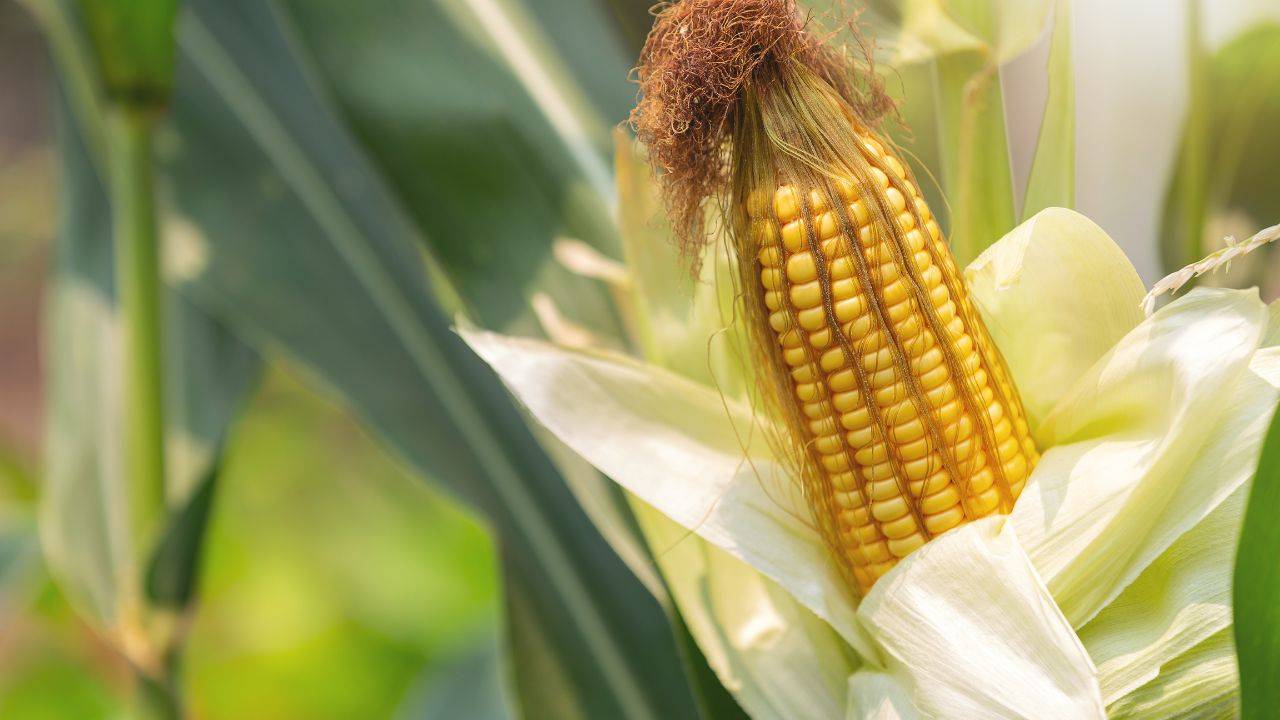
As global trade dynamics evolve, U.S. corn exports are undergoing significant shifts, with Mexico emerging as a pivotal destination amidst changing consumer demands and geopolitical tensions. Despite challenges such as drought and trade disputes, opportunities abound for American exporters to capitalize on record production and tap into new markets.
Opportunities for Mexican Markets
The surge in corn production within the U.S. has strengthened the competitiveness of American exporters, facilitating a central part away from traditional markets like China towards emerging opportunities in Mexico. As China diversifies its suppliers, the U.S. seizes the chance to explore previously untapped markets, leveraging its ample supply to meet evolving demand.
While a heated dispute between the U.S. and Mexico over genetically modified corn imports initially threatened to dampen export prospects, sales have rebounded in other key markets including Colombia, Japan, South Korea, and Taiwan. However, competition looms as Argentina recuperates from a debilitating drought, posing a potential challenge to U.S. market share.
The shifting landscape is further complicated by environmental factors, notably widespread drought conditions across nearly 60% of Mexico. In regions like Jalisco, a major corn-producing state, reports of near-total crop losses underscore the urgent need for adaptive strategies to navigate the unpredictable impacts of climate change.
Against this backdrop, American exporters are determined to innovate and adapt, leveraging technological advancements to mitigate environmental risks and capitalize on emerging market opportunities. By fostering resilience and agility in the face of evolving dynamics, the U.S. corn industry is primed to navigate the complexities of global trade while addressing the pressing challenges of sustainability and climate resilience.
















